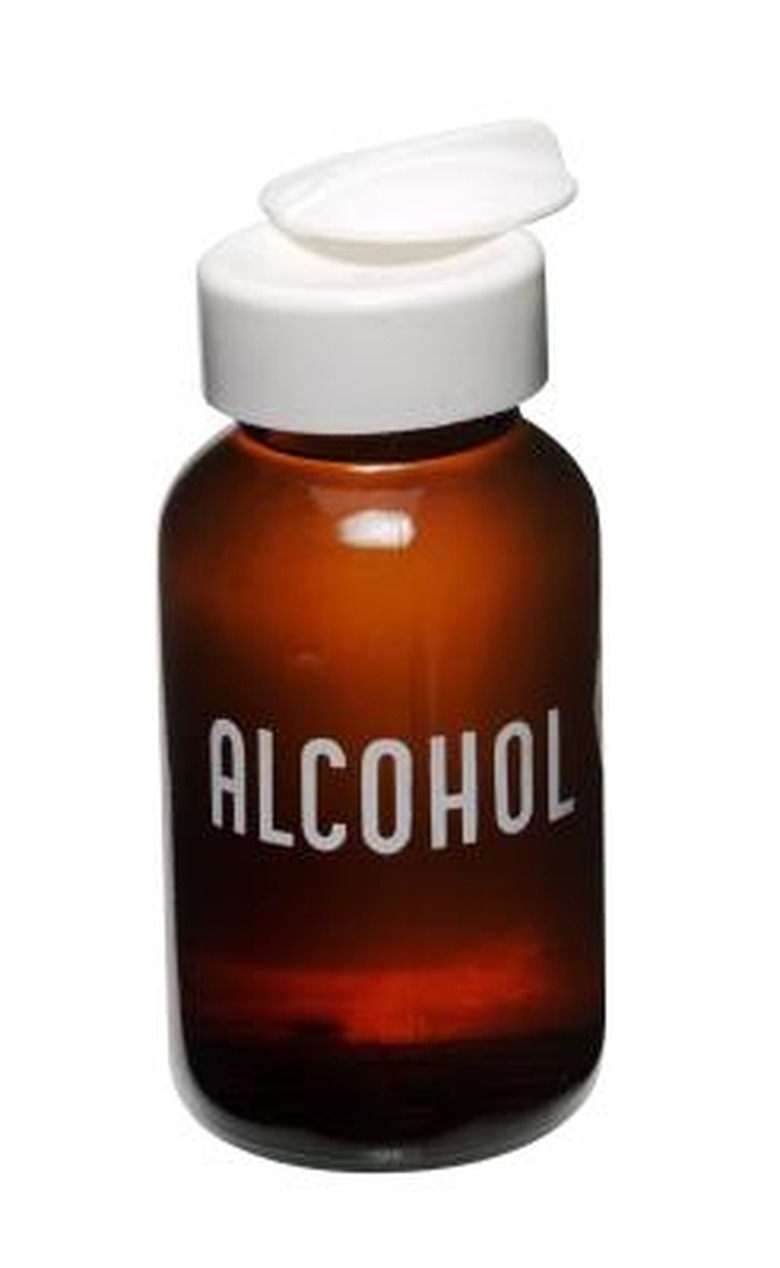Is Methanol & Isopropyl Alcohol The Same Thing?
Methanol and isopropyl alcohol both have industrial uses, and both are toxic to humans and other mammals. Their chemical structures and other properties differ in several ways. These compounds are not the same.
Alcohol Groups
Alcohol Groups
In common usage, "alcohol" means ethanol–the drinkable, mind-altering substance found in vodka and beer. However, in chemistry, "alcohol" refers to a hydroxyl group, consisting of hydrogen bonded to oxygen, attached to a carbon group, according to Georgia State University. Remembering that makes it easier to understand the difference between methanol and isopropyl alcohol.
Methanol Structure
Methanol Structure
Methanol consists of a methyl group (a carbon with three hydrogens attached) connected to a hydroxyl group. The formula is CH3OH.
Methanol Properties
Methanol Properties
Methanol functions as a solvent in laboratories. Manufacturers add it to ethanol to create denatured alcohol, undrinkable by design, for use as a fuel or cleanser. Ingesting even a tiny amount of methanol can cause permanent blindness or death, according to NIH Medline.
Isopropyl Alcohol Structure
Isopropyl Alcohol Structure
Isopropyl alcohol, also known as isopropanol, consists of an isopropyl group–this can be described as two methyl groups attached to a carbon–bonded to a hydroxyl (OH) group. The formula for isopropyl alcohol is C3H7OH.
Isopropyl Alcohol Properties
Isopropyl Alcohol Properties
Isopropyl alcohol, frequently used as a solvent and a disinfectant, has less severe toxicity than methanol, but can also cause poisoning. It catches fire very easily.
Warning
Warning
Methanol and isopropyl alcohol both have toxic properties and should never be taken internally.
Cite This Article
MLA
Luxton, Eri. "Is Methanol & Isopropyl Alcohol The Same Thing?" sciencing.com, https://www.sciencing.com/methanol-isopropyl-alcohol-same-thing-5652093/. 24 April 2017.
APA
Luxton, Eri. (2017, April 24). Is Methanol & Isopropyl Alcohol The Same Thing?. sciencing.com. Retrieved from https://www.sciencing.com/methanol-isopropyl-alcohol-same-thing-5652093/
Chicago
Luxton, Eri. Is Methanol & Isopropyl Alcohol The Same Thing? last modified August 30, 2022. https://www.sciencing.com/methanol-isopropyl-alcohol-same-thing-5652093/
